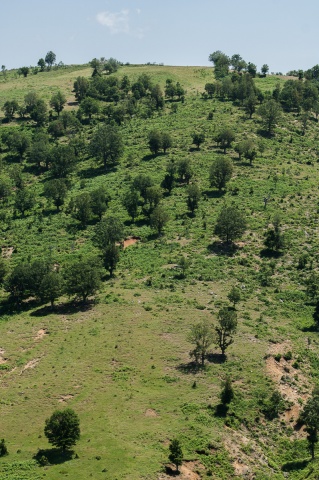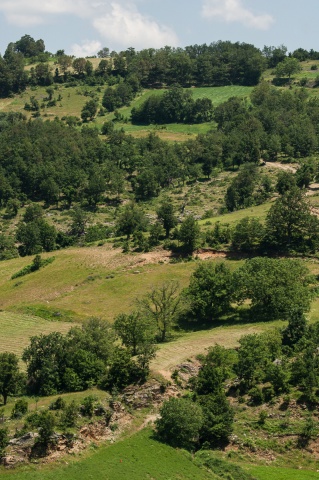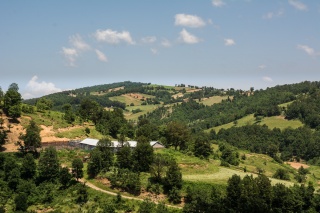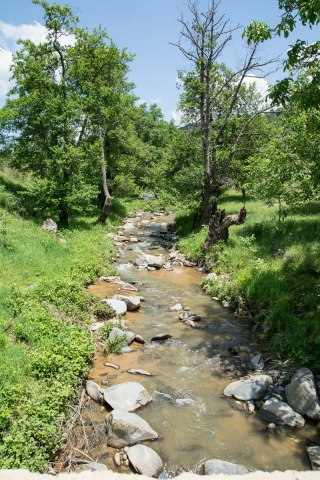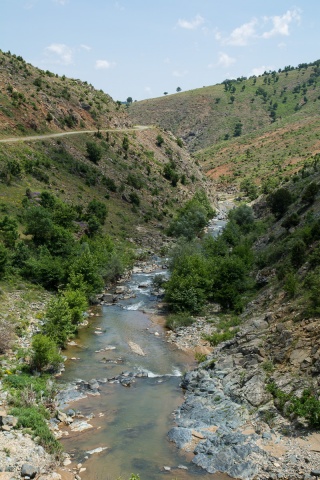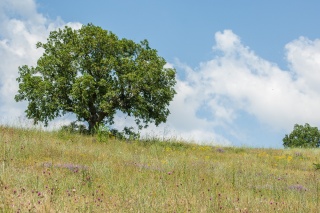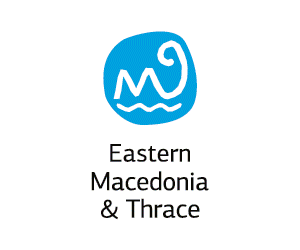Traveler's Guide
East Macedonia & Thrace
Rhodope Mountains
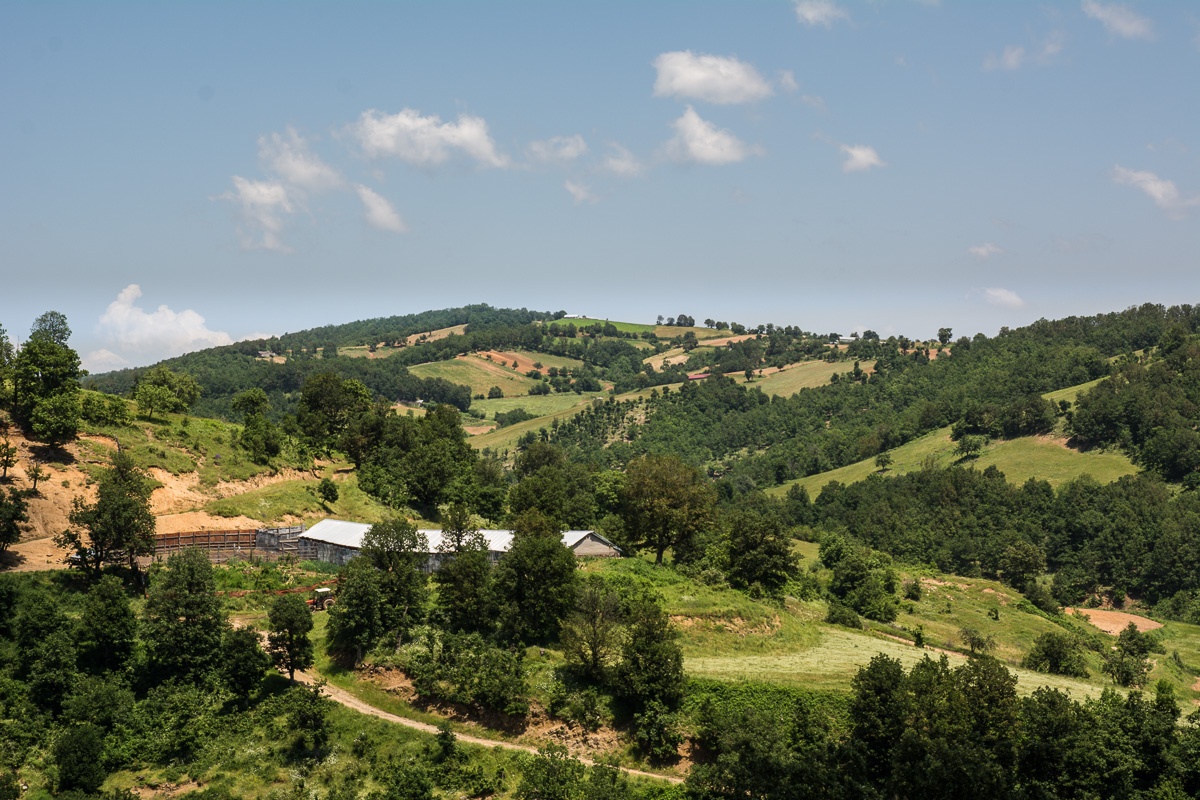
The region of Rhodope prefecture is classified into three zones. The first that occupies the southern part is almost flat. The second extends north along the first and occupies the center of the Prefecture’s region to the slopes of the Rhodope Mountains. The third zone is located in the north of the region and the second occupies the mountainous part. The South East part of the prefecture has also a mountainous terrain with the impressive Ismaros mountain. The highest peaks is the Papikio (1460 m), Paratiritis (986 meters), Megalo Livadi (1267 m) and Ismaros (678 m).
The mountains in the north of Rhodope massif have their particularities. The North-West Mountains, which are part of the municipality of Iasmos, are characterized by high forested beautiful mountains. Through this area passes the torrent of Kompsatos. In this the dam of Kompsatos is to be constructed, with the sprawling basin is going to be approximately 8 square miles or 2/3 of the Lake. The region is almost uninhabited and the villages have been abandoned since the civil war. In these old villages the only inhabitants are some shepherds who remain there only during the summer months. The area has also native forests, mainly in Papikio of broadleaves – evergreens and extensive pine reforestation mainly on foothill, but also at greater heights. From the mountains of the Papikio and mountains of Iasmos are visible both Vistonida and the Plain of Komotini.
The landscape is somewhat different in the northeastern Rhodope. Here the mountains are more extensive and at low altitude. The area has several inhabited villages some of which by many people, despite the the general decline in rural population over the last 20 years. Small plateaus allow the cultivation of cereals, potato and mainly tobacco. The villages of the Organi is assembled in a particular area, with the exception of Kalibia, while the villages of Kechrou are scattered and not densely built, mainly to control more land for their flocks.
Completely different picture presents the massif of Ismaros in the Southeast. On the mountain there are no villages, but in the foothills meet Stryme, Dione, Askites, Petrota and Maronia. Particular geological interest have the monoliths by mica gneiss rocks.
Address
No information available.Contact Information
No information available.

